The “Garing: The Philippines at the Crossroads of Ivory Trade” Exhibition supports the National Museum of the Philippines’ advocacy against ivory trade that has led to elephants worldwide becoming endangered. Ivory or garing, in Filipino, is a hard white material derived from the teeth of animals, particularly from elephants.
Check out “National Museum of Anthropology“
On display are real African elephant (Loxodonta Africana) ivory tusks from Tanzania, Africa, seized by the Department of Environment and Natural Resources and donated to the National Museum of the Philippines. There are also elephant tusks, among 5,000 artifacts (small bronze cannons and celadon greenware, 2,183 of which were recovered whole, 213 slightly damaged and 1,501 heavily damaged), dating from the 15th to early 16th century, recovered from the Lena Shoal wreck in Busuanga, north of Palawan in 1997.
Also on display are heritage ivory that were carved and installed in the faces and hands of statues of Roman Catholic saints as well as snuff bottles; fragments of fossilized elephant tusks recovered from Cagayan (Taggat, Solana), Kalinga-Apayao and Pangasinan (Bolinao);. a fossilized ivory tusk of a Stegodon, an extinct species of proboscidean (the same family of species as the elephant and mammoth), recovered from the Kalinga–Solana area in the Cagayan Valley; sperm whale (Physeter macrocephalus) teeth (whole) from Torrijos, Marinduque; model of a ship with ivory men; and wild pig (Sus philippensis) tusks from Penablanca, Cagayan.
There are also carvings made from ivory substitutes such as resins, compact bones (dahlite, protein, lipids)of domesticated animals; shells (calcium carbonate) of marine mollusks; vegetable ivory (cellulose) from the tagua palm tree (Phytelephas spp) found in South America; the casque (keratin) above the beak of the Helmeted Hornbill (rhinoplax vigil); a shell pendant, bracelet and earring; bone letter opener with Carabao horn handle; bone chopsticks; snake bone headdress (Mountain Province); a cow bone carving; bone jewelry box with decorative motifs; an elephant bone with inscriptions; a boar tusk armband (Mountain Province) and bone pendants.
“Garing: The Philippines at the Crossroads of Ivory Trade” Exhibit: 2/F, National Museum of Anthropology, Agrifina Circle (or Teodoro Valencia Circle, adjacent to the National Museum of Fine Arts building),Padre Burgos Drive, Rizal Park, Ermita, Manila. Tel: (02) 8528-4912 (02) 8527-1232 (Ethnology Division) and (02) 8527-0278. E-mail: nationalmuseumph@gmail.com and nationalmuseumph.anthropology@gmail.com. Open Tuesdays to Sundays, 10 AM – 5 PM. Admission is free.

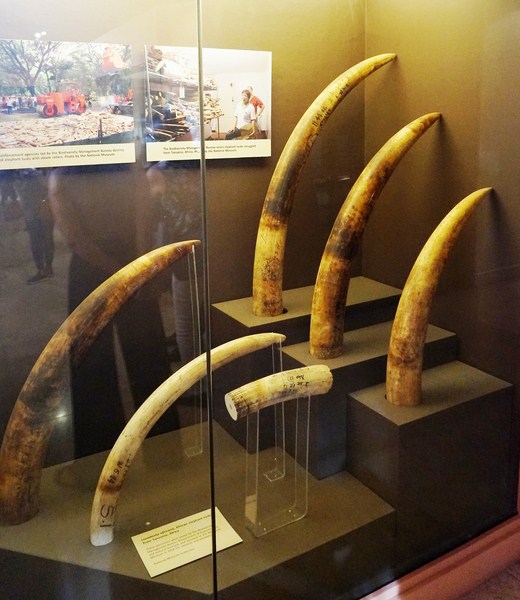
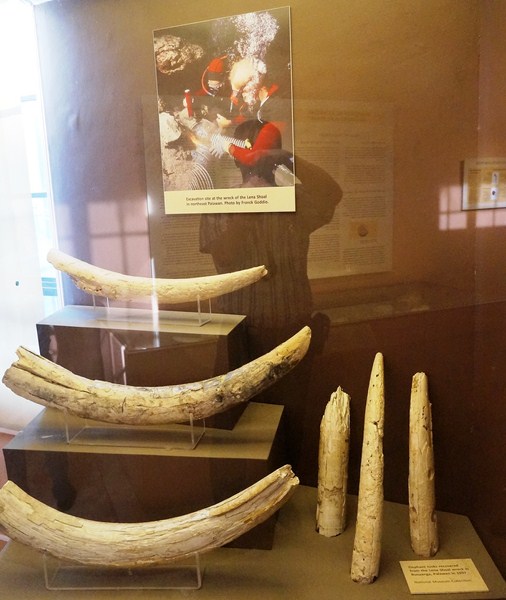
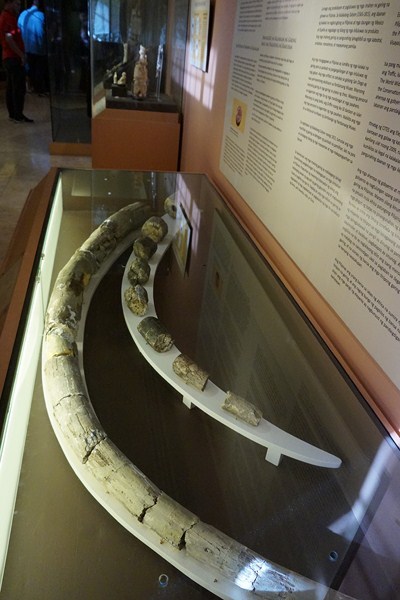
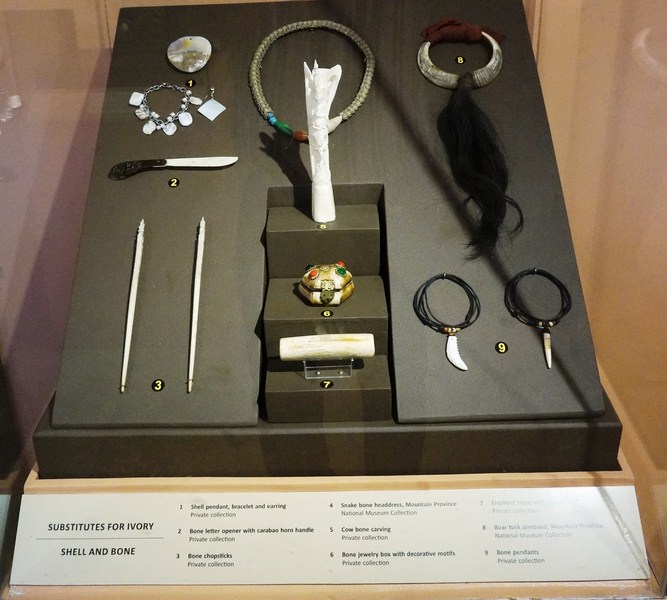
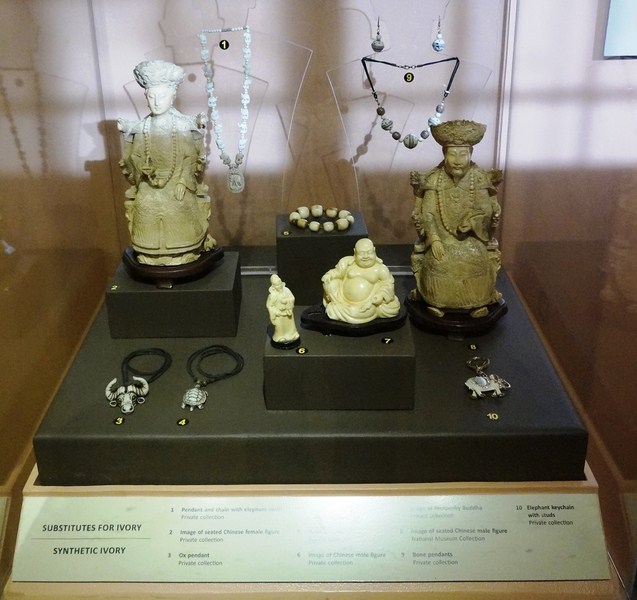
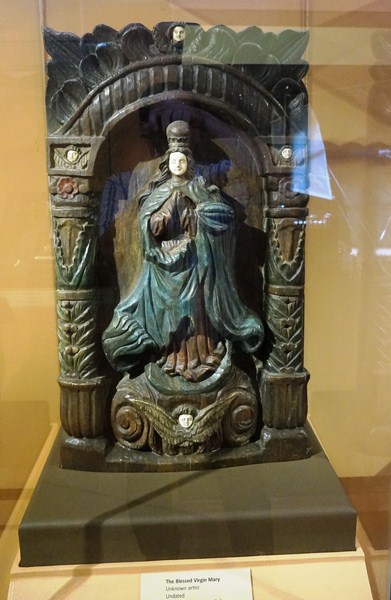
This blog is great check it out